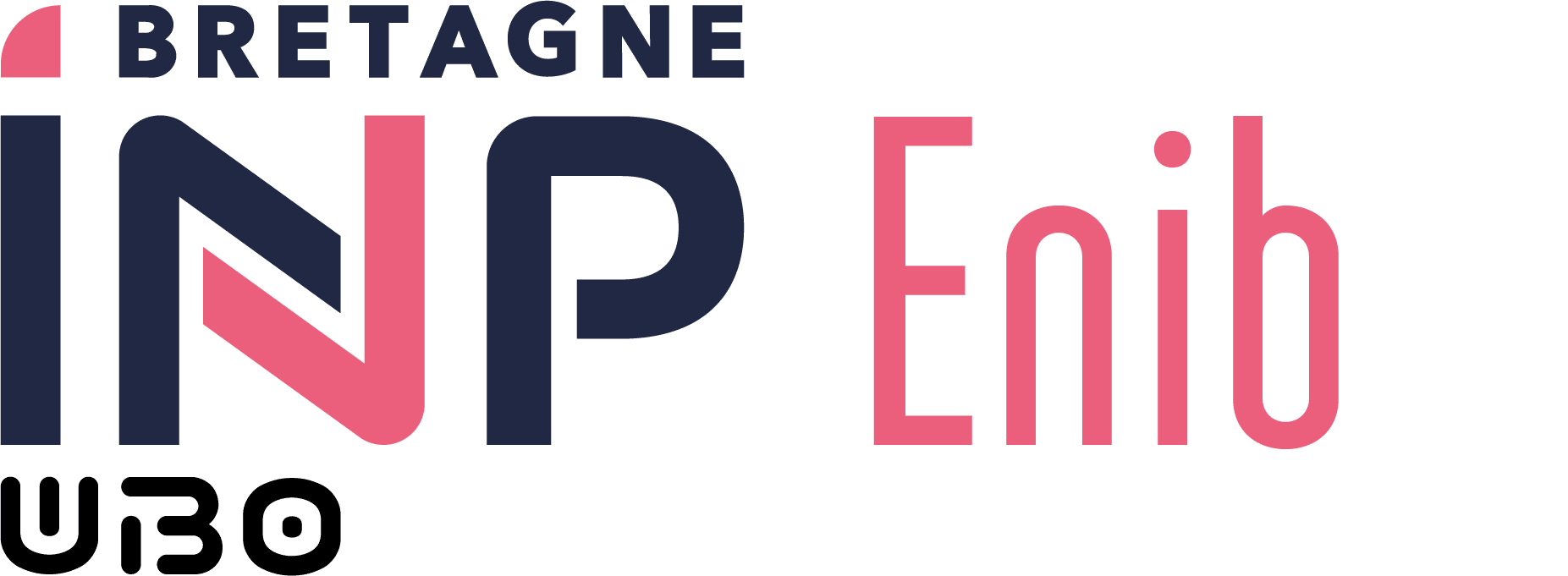Microprocessors (05AOEMIP)
- Coefficient : 4
- Hourly Volume: 87.0h (including 54.0h supervised)
- CTD : 18h supervised (and 3h unsupervised)
- Labo : 36h supervised (and 6h unsupervised)
- Out-of-schedule personal work : 24h
AATs Lists
Description
- Typical architecture and basic operation of a microprocessor system
- study of operating principles and architectures (VonNeuman/Harvard)
- programming a microprocessor: application to the case of the ARM Cortex M4
- implementation of a development chain for testing and debugging
- Access to peripherals: application to the STM32F411 microcontroller
- Study of exception mechanisms: hardware exceptions or interruptions
Learning Outcomes AAv (AAv)
AAv1 [heures: 30, D1, D2, D3, D4] : The student of the microprocessor course, at the end of the semester, will know how to compose and test a program written in ARM assembly language using development tools, to the compilation and visualization of registers and memory contents, respecting the AAPCS standard, in order to execute a program for calculating or processing character strings on an STM32 microcontroller.
AAv2 [heures: 33, D1, D2, D3, D4] : The student of the microprocessors course, at the end of the semester, will be able to interact an STM32 microcontroller with LEDs, push buttons and a request signal, in a polling mode or an interrupt mode.
AAv3 [heures: 24, D1, D2, D3, D4] : The student of the microprocessors course, at the end of the semester, will be able to use a timer to control the period of periodic interruptions or generate a signal.
Assessment methods
average of several short evaluations in CTD (coefficient 1) and in Lab (coefficient 1)
Key Words
Microprocessor; microcontroller; memory ; ARM CortexM4; IDE; programming, development and debugging; material exceptions; interrupts, peripheral couplers; GPIO, timers;
Prerequisites
Boolean algebra; basic knowledge of digital electronics and information coding; programming in C language.
Resources
- hardware/software: NUCLEO-STM32F411 and MBED Shield cards, GCC/GDB development chain
- moodle: course/TD/TP handouts, Reference Manual STM32F411, documentation of ARM and ST manufacturer.
- Books :
- The Designer’s Guide to the Cortex-M Processor Family de Trevor Martin (2016)
- The Definitive Guide to ARM Cortex-M3 and Cortex-M4 Processors de Joseph Yiu (2013)
- ARM System-On-Chip Architecture – S. Furber
- ARM Architecture Reference manual- D. Seal
